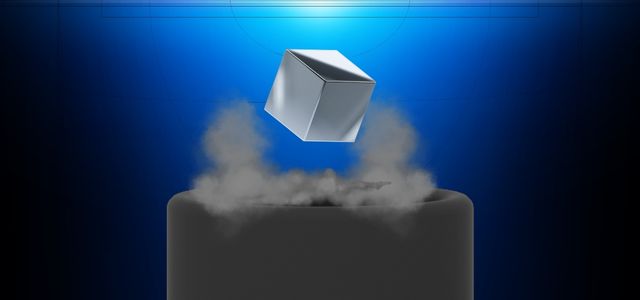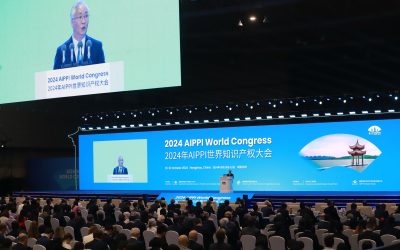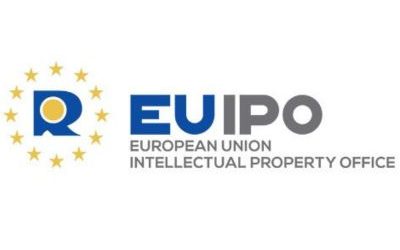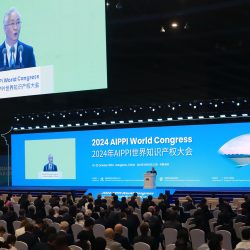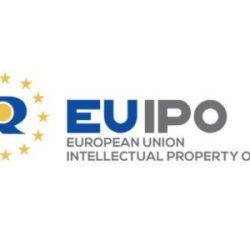Room temperature superconductivity has been a dream for researchers and industry alike for many years, and a new paper released by South Korean scientists suggests that it may have been discovered. The ability to conduct electricity without loss of energy has the potential to revolutionize energy grids, transportation, and computing among many other industries. There may even be currently unknown applications that would benefit. Indeed the laser was originally created without a specific technical function in mind, but is now one of the most important industrial tools used in diverse areas of manufacture as well as everyday life. A room temperature superconductor could have an even bigger impact than lasers.
On 22 July 2023, researchers Sukbae Lee, Ji-Hoon Kim, and Young-Wan Kwon from the Quantum Energy Research Centre, Inc in South Korea released a pre-print article entitled “The First Room-Temperature Ambient-Pressure Superconductor”. As this is a pre-print, it has not been subjected to peer-review and, given the remarkable title, it will no doubt be subject to extremely detailed scrutiny over the coming months. The pre-print paper describes how a modified lead-apatite structure results in a super conductor which operates at ambient pressure up to 400 K. The pre-print paper suggests that the superconductivity results from “minute structural distortion by a slight volume shrinkage (0.48%)”. Since the publication of the pre-print paper, teams around the world, both amateur and professional, have been trying to reproduce these experiments and provide definitive proof of room-temperature superconductivity at ambient pressure of the so-called LK-99 superconductor material. Since the release of the paper, there have been additional pre-print papers released by different groups which have simulated the structure and electronic characteristics of LK-99, and which seem to provide a theoretical explanation for the potential superconducting characteristic of the material. One simulation indicated that doping with gold instead of copper could be advantageous. At the time of writing, there had been no reported successful attempts to replicate LK-99 and independently prove superconductivity. Attempts are ongoing.
Ahead of the release of the pre-print, a number of patent applications were filed, including at least two Korean patent applications and at least two International (PCT) applications (WO2023027536 and WO2023027537), which seek to protect the room temperature and pressure superconducting ceramic compound. The PCT application names three inventors, namely Sukbae Lee, Ji-Hoon Kim, and Young-Wan Kwon. At least one of the Korean patent applications has already been granted.
The International Search Report prepared by the Korean Intellectual Property Office on each PCT application only found documents in category “A” meaning that they define the general state of the art not considered to be of particular relevance and the KIPO acknowledged the novelty and inventive step of the claims, so things are going well so far it seems.
The main claim is quite broad and so it will be interesting to see whether patent offices around the world consider such a claim to be broader than what is taught in the application as filed and whether there is sufficient disclosure in the document to sustain such a broad claim. Only time will tell and, given the potential importance of the patent and the commercial importance of the material, the intellectual property will likely come under the highest degree of scrutiny.
If the findings are reproduced and found to be correct, this could be one of the most fundamental discoveries and patents of recent times and will no doubt lead to a rush to optimize the materials for different uses, find alternative compositions, and improvements in the manufacturing process. It has so far proven tricky to reproduce the material on the basis of the procedures provided in the pre-print and patent documents, so I expect that there will be a number of improvements in the process of manufacturing the material, and, since the computer modeling has already suggested potential improved materials, there is certainly a lot of scope for more discoveries.
Given the attention this pre-print has received to date (I have seen it on almost every social media app I have used), more news on this will follow shortly and I do hope that this ushers in a new period of superconductivity, albeit on the understanding that it would likely be a number of years before large scale changes to infrastructure are made due to existing capital investments having a relatively long lifespan.

Written by Giles Pinnington
Partner, Marks & Clerk

You may also like…
Welcome to Hangzhou! The AIPPI World Congress 2024
AIPPI World Congress 2024 opened its doors in Hangzhou, China, on Saturday, 19 October. All attending were warmly...
Crystalizing plant variety infringement protection in India
On September 20, 2024, the Delhi High Court ruled in Pioneer Overseas Corporation v. M/s Evercrop Agro Science &...
German criminal court finds three defendants guilty of fraud for sending misleading invoices to EUIPO customers
In September 2024, the Munich Court (Germany) found three defendants guilty of commercial gang fraud for sending...
Contact us to write for out Newsletter


